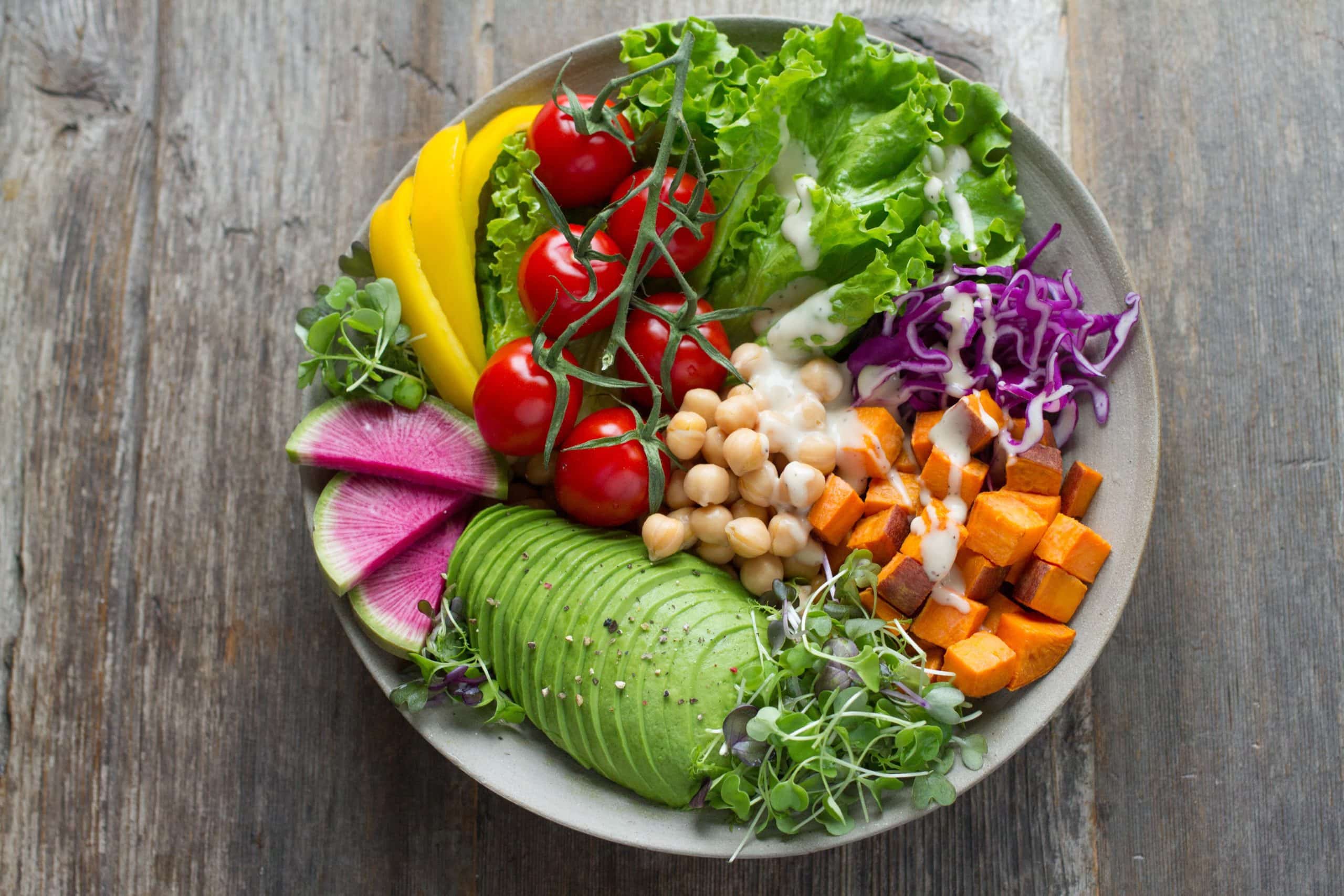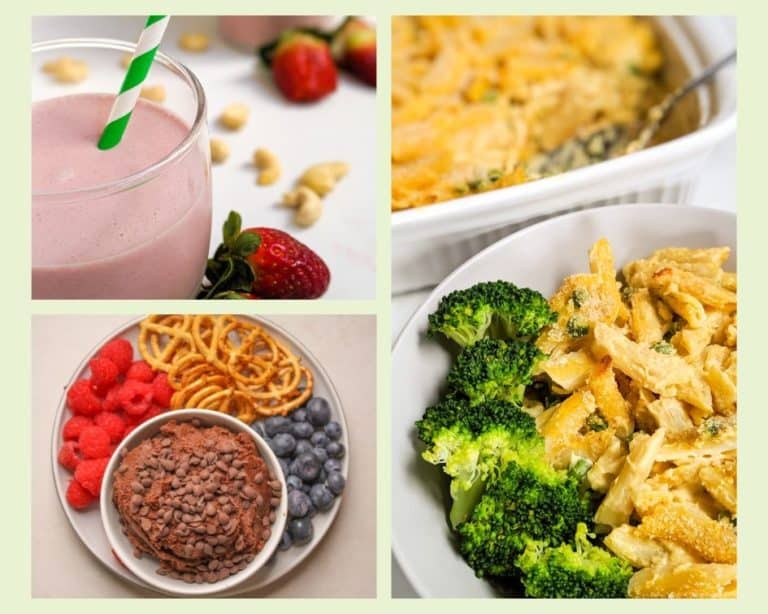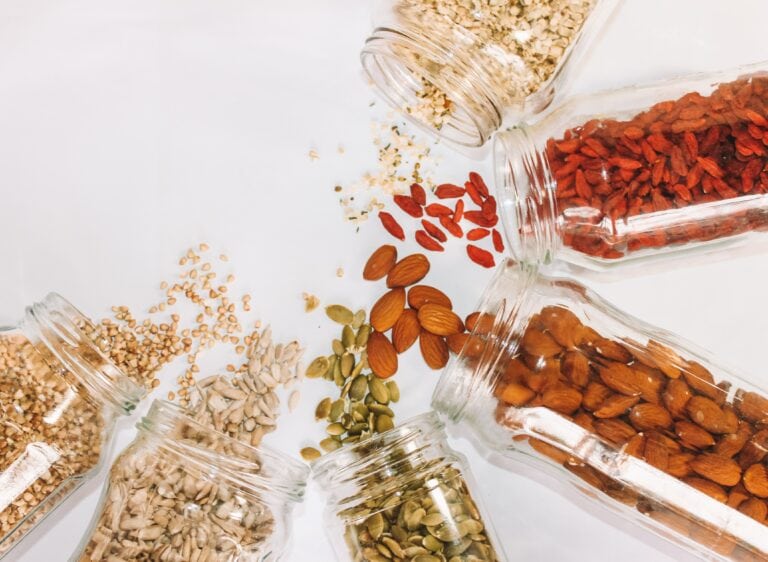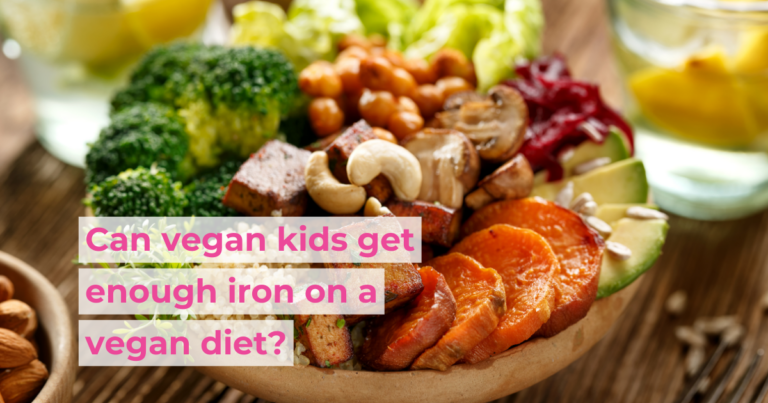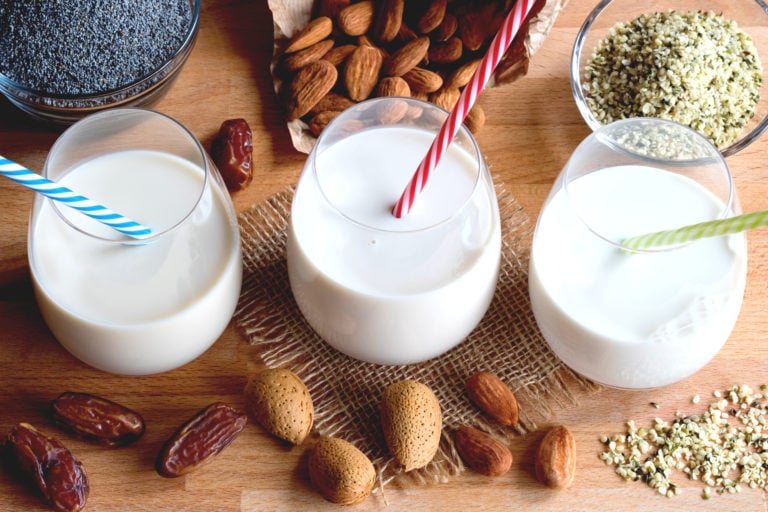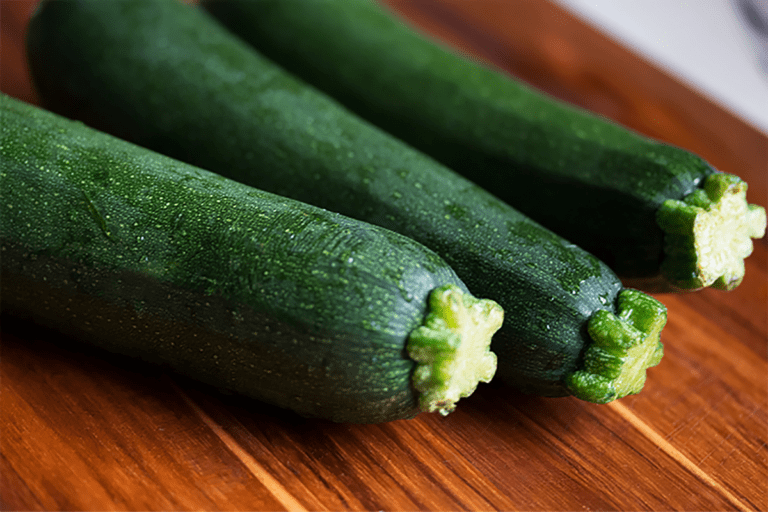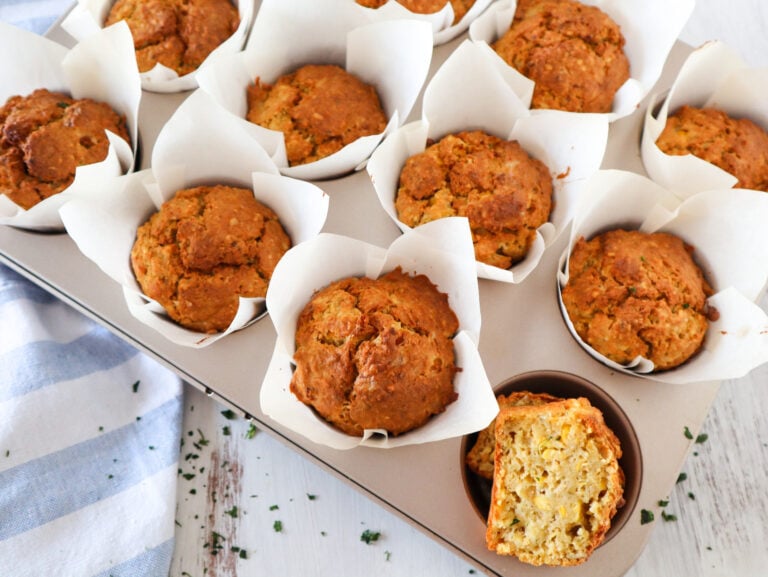How Do I Stop the Bloating?
So today I’m going to talk about something that is reeeeaally common for new vegans, and it’s something that new vegans may not feel 100% comfortable talking about. Bloating.
Have you started a vegan diet, or even just added more veggies and beans to be healthier? And now you’re you’re feeling bloated and just plain uncomfortable?
Trust me, it’s really common. It happens to most vegans when they first start out, or anyone trying to eat a healthier diet, really.
Could It Be the Fibre?
The most common cause of bloating is from a sudden increase in fibre in your diet. It can be hard for the bacteria in your gut to cope with the extra fibre. Esepcially if you’ve been eating a really low fibre diet for a while. So one of the best ways to fix this is to actually decrease the amount of fibre you’re eating now and increase it gradually. So if you started on a diet where you were eating white bread, pasta, no veggies, no beans, lots of meat and lots of cheese, and then suddenly turn around and have 10 cups of veggies a day, you’re body is seriously not going to know what hit it. And that’s how the bloating happens.
If you’re starting from an unhealthy diet, my recommendation is to increase your fibre sloooowly. Start by eating white bread, pasta and rice with veggies. Then go half white rice and half brown rice, half wholegrain bread and half white, or half wholegrain pasta and half white pasta. Then, when you’re body is used to that, you can switch to all wholegrains.
Legumes can also be a huge change for your body if you haven’t eaten them much before, so start with just 1 tablespoon per meal and increase slowly each day, keeping the rest veggies, rice, pasta and bread. I know, I can hear you screaming “but what about the protein???”. Trust me, you’ll be ok. There is actually protein in most foods, and this is only a very temporary measure. The only time you really need to worry about protein in the short term is if you’re pregnant or very underweight, in which case I suggest you chat to a dietitian or nutritionist about your change in diet.
So, what are foods that are high in fibre? Fruits, vegetables, legumes and wholegrains (yes, all the healthy foods for a vegan diet!). So make sure you start slowly with these foods and give your body a chance to get used to them.
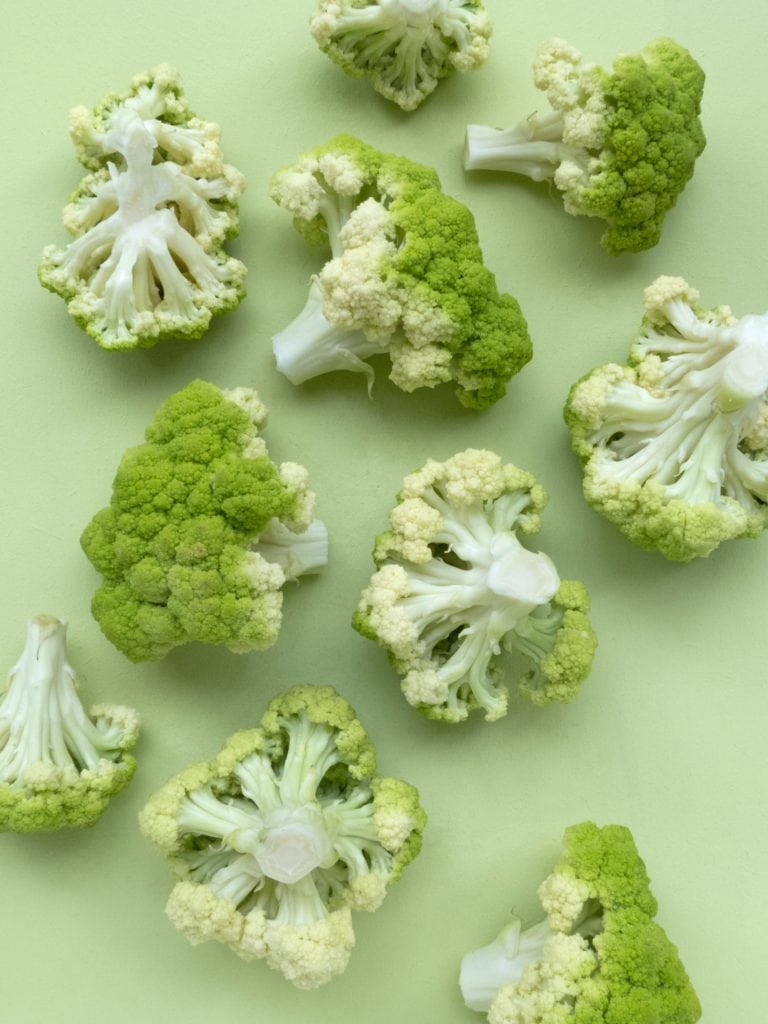
Avoid Gassy Foods
There are some foods that can be particularly gassy for some people. Even after you’ve been vegan for a while, you might still find that these foods cause bloating. Most people tend to have an amount of these foods that their body can tolerate without bloating, and this is different for everyone.
If you’re finding that you’re still feeling quite bloated even after giving yourself time to get used to the extra fibre, it may be worth looking into some of these foods. Take a look at the list and see whether there are any foods that you may have introduced recently, or be eating a lot more of now. If you think one or more of these foods might be causing your bloating, try limiting them for a few days and see if it helps. You might still be able to have a small amount of them, but just not too much.
The most common gassy foods are:
- Legumes
- Cauliflower, cabbage, brussel sprouts and broccoli
- Garlic and onion
- Artificial sweeteners and sugar alcohols like erythritol and xylitol
- Carbonated drinks
- Chewing Gum
- Fatty Foods
I personally also find raw veggies to be really bloating, so I try to have them cooked as much as possible.
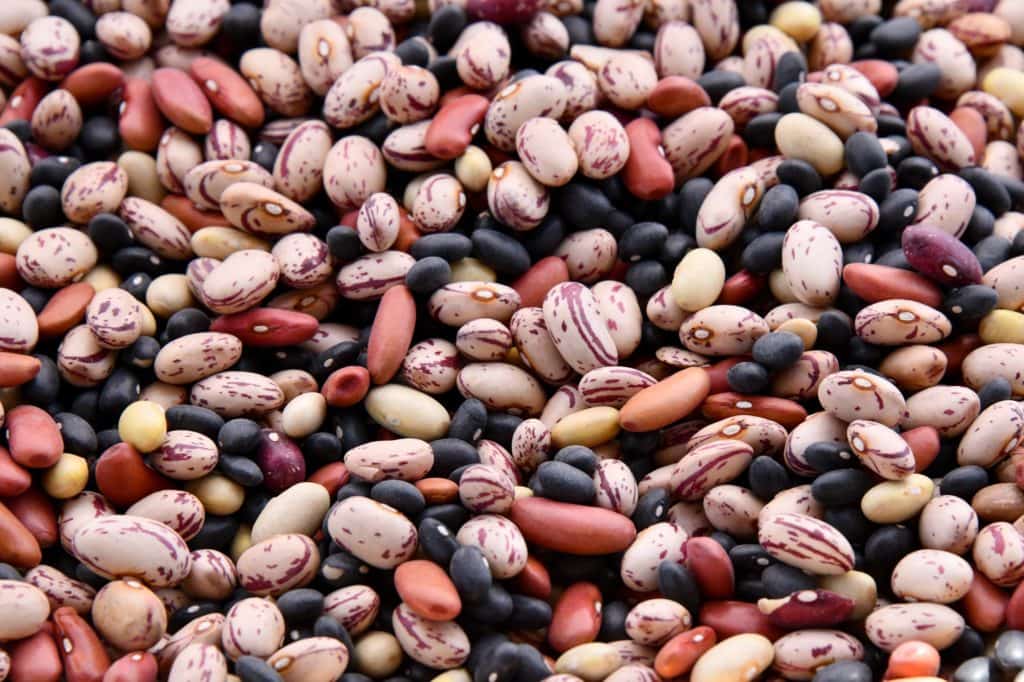
Food Intolerances and Allergies
If your body is used to the fibre, and you’ve ruled out any gassy foods, then it could be worth looking into food intolerances or allergies as a cause for your bloating.
Food allergies are different to intolerances, and can be more severe. I’m sure we’ve all heard of the dangers of anaphylaxis. One of the key characteristics of an allergy is that the reaction is within one hour of eating the food. Intolerances tend to (but not always) have a longer reaction time. Up to a number of days, which can make identifying the cause really difficult. If you suspect that you are having an allergic reaction to a food, then it’s really important that you go and see your doctor. They can do the proper testing and refer you to specialists if needed.
The most common causes of food intolerances or allergies are
- Dairy and eggs (for those who are still vegetarian)
- Soy
- Nuts
- Wheat and Gluten
It can be really hard to identify a food intolerance, especially as it can take up to a few days for your symptoms to actually appear. The best way to try to figure out if you have an intolerance to something is to keep a food diary of everything you eat for a few days. Keep a diary of any symptoms that you have like bloating as well. Then you can look back at what you’re eating and see if you can find a pattern.
If you suspect that you might be intolerant to a food, then you can try cutting it out for a few days to see if the bloating stops. If this feels completely overwhelming and you have no idea how to figire out what food is causing your bloating, then a dietitian or nutritionist can help you out.
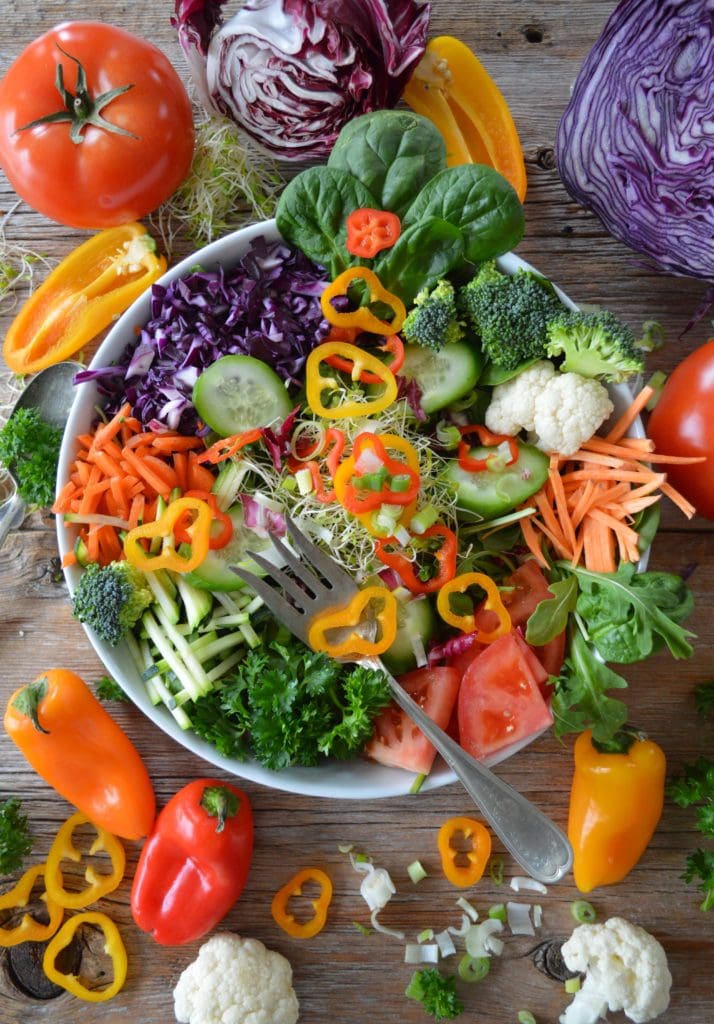
It could be FODMAPs
It could be what now? FODMAPs is an acronym for 5 different sugars that can be difficult for your body to digest. They are Fermentable, Oligosaccharides, Disaccharides, Monosaccharides and Polyols (don’t worry, you don’t have to remember them). The Monash University here in Australia have devised a Low FODMAP diet to help people with Irritable Bowel Syndrome (one of the main symptoms of IBS is bloating… see where I’m going here?).
Unfortunately, a vegan diet tends to be really high in FODMAPs, so new vegans can find it really hard if they have IBS. Personally, it took me quite a few goes of trying to go vegan because of bloating. I would try to eat super healthy food, and then be in so much pain I couldn’t sleep. I just couldn’t understand it. It wasn’t until I looked into a low FODMAP diet that I was finally able to get on top of my bloating and actually eat vegan food.
Now, a low FODMAP diet limits most legumes, grains, some veggies and some fruits. What’s left? I hear you ask. Not a lot, unfortunately. A true vegan low FODMAP diet can actually be quite difficult to follow. If you’re interested, you can find out more information from the Monash University here, but I do recommend that you try to speak to a dietitian or nutritionist so that you can plan out your food so you stay healthy.
A few things I found really useful from the FODMAP diet were to cut out garlic and onion for a few weeks. This unfortunately means that you end up having to make most things yourself. Onion and garlic free sauces are now available in the health food section of some supermarkets, which helps. The main thing to remember is it’s only for a few weeks!
Tinned chickpeas and lentils are much less bloating because the chemicals that make you gassy end up in the liquid. You can get BPA free tins in the supermarket.
One of the biggest issues that vegans have on the low FODMAP diet is where to get protein from. As I said, tinned chickpeas and lentils work well. You can also eat tofu and edamame beans (provided you’ve ruled out a soy sensitivity!) which help switch it up.
So now you should have a list of potential bloating causes to help you settle into a vegan diet more easily. For most, bloating is simply a case of too much fibre too soon, which is an easy fix. Good luck on your vegan journey, and I’d love to hear from you below if you had trouble with bloating when you first went vegan!

